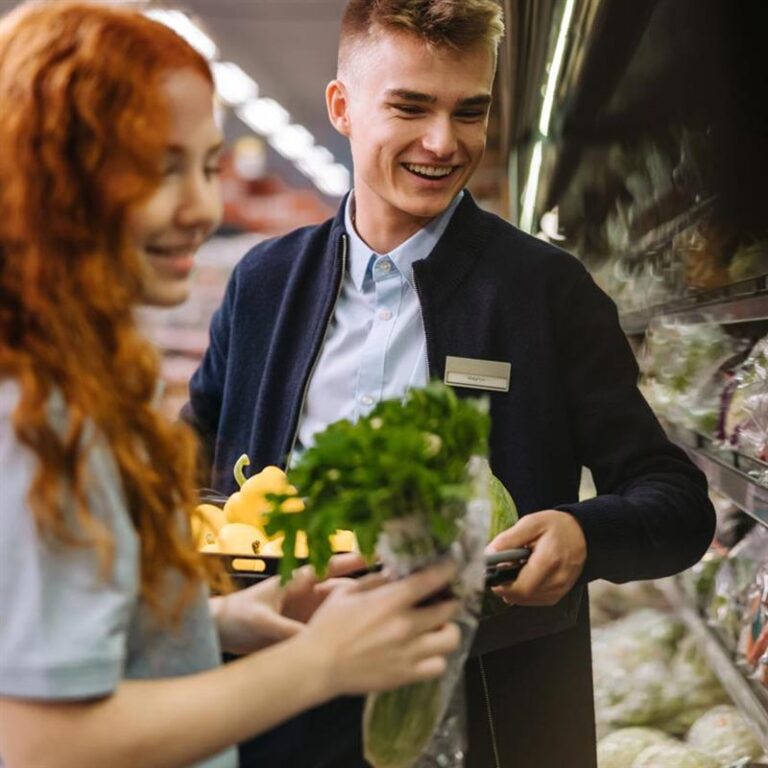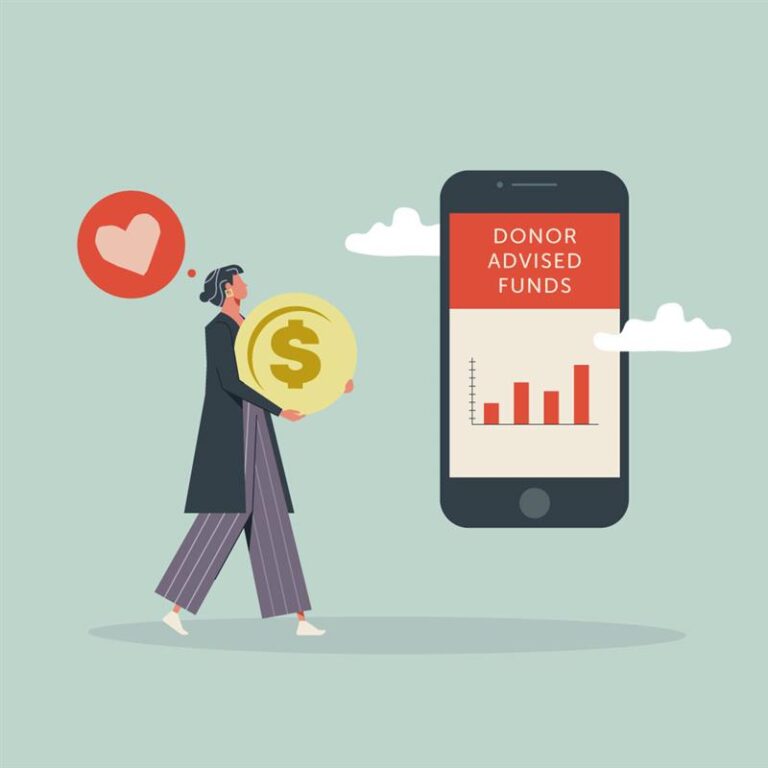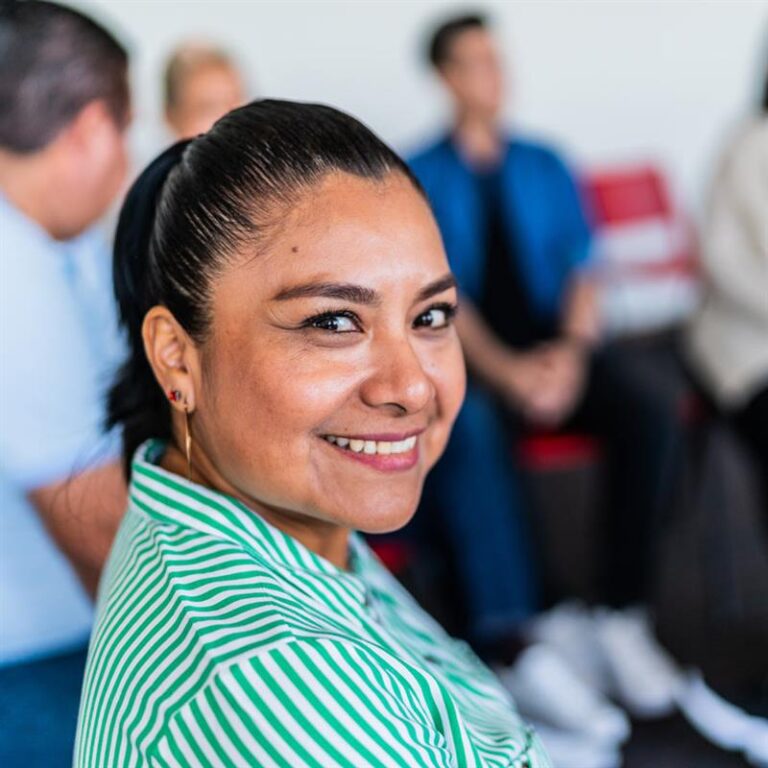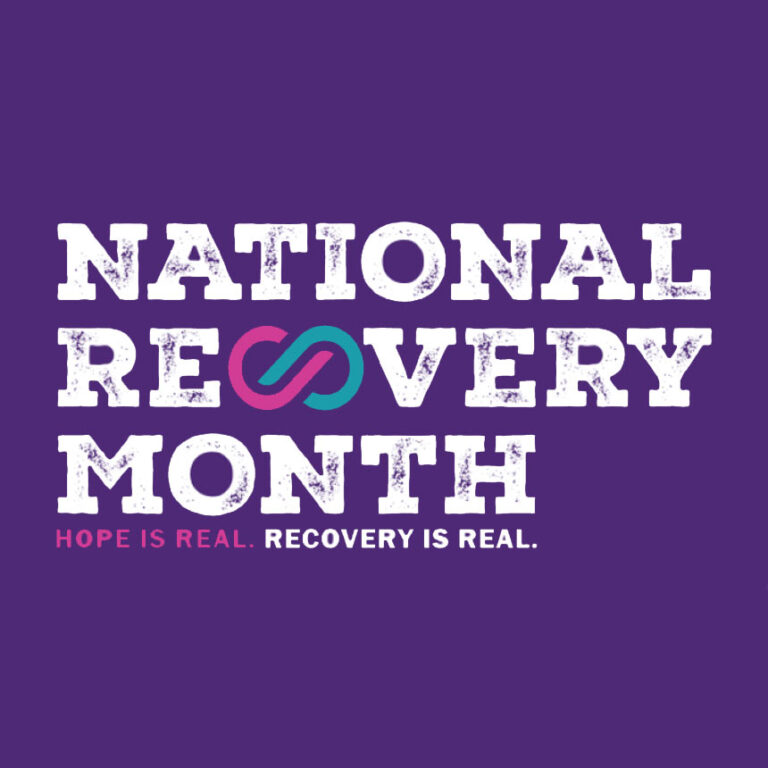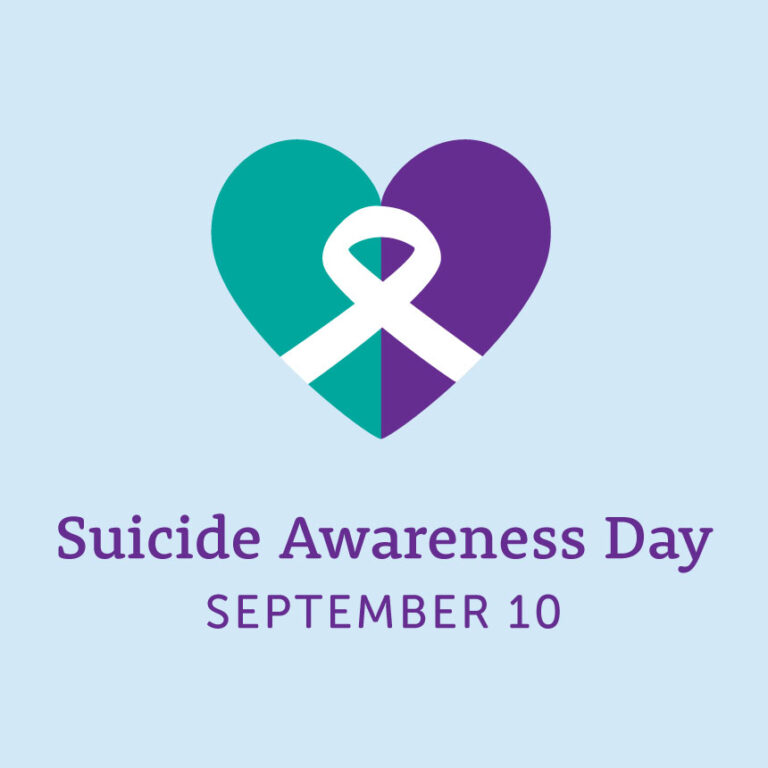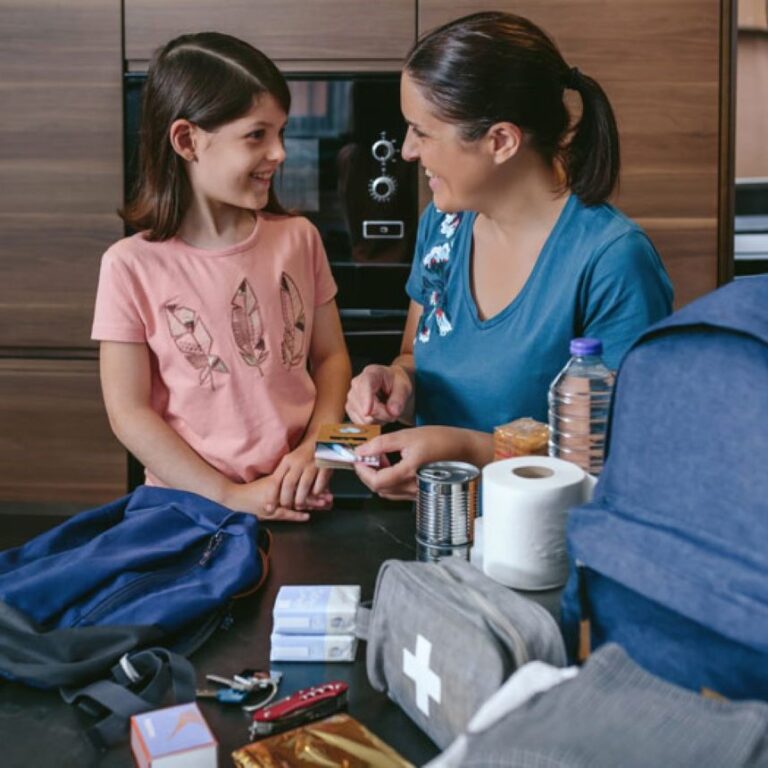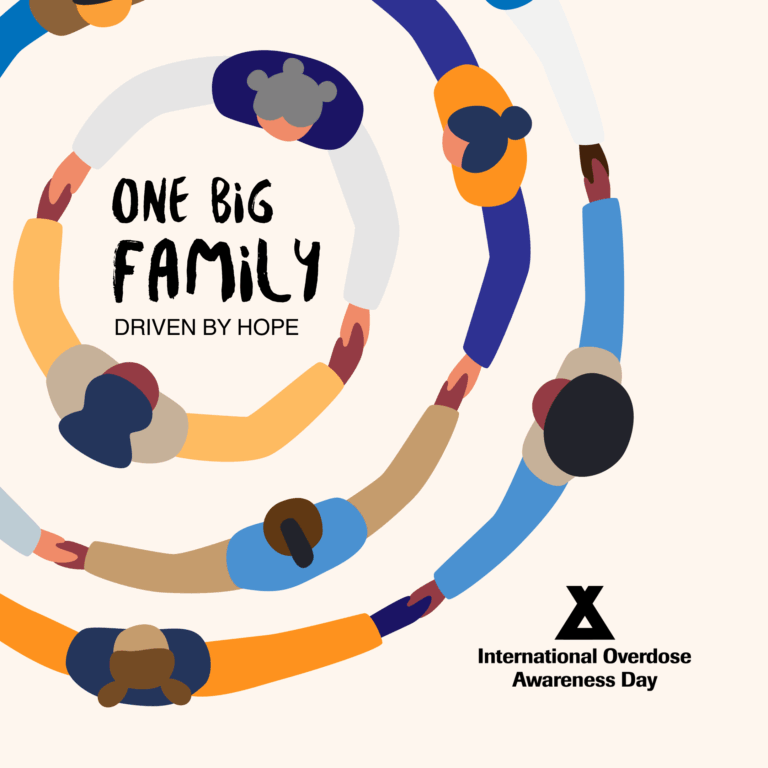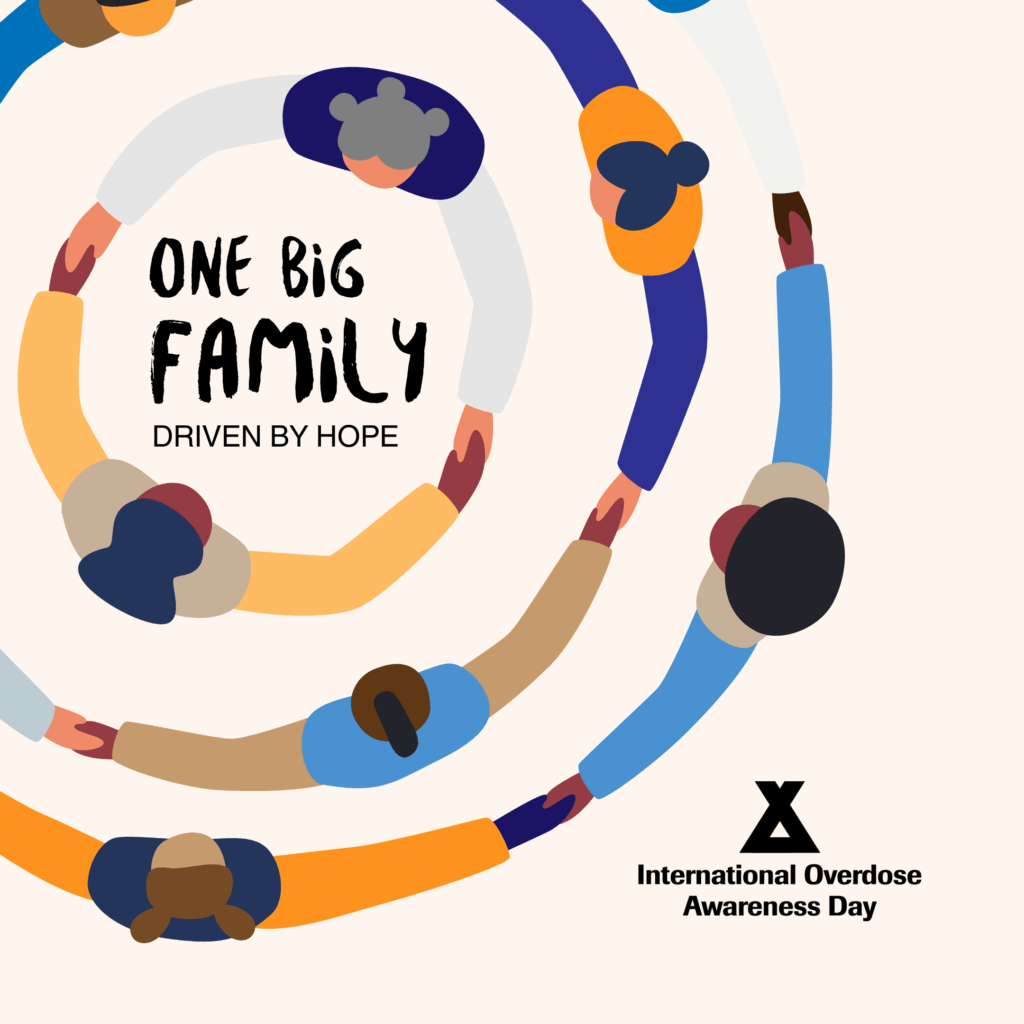
August 31 is recognized around the globe as International Overdose Awareness Day. The 2025 theme is “One Big Family," highlighting the importance of coming together as a community to prevent overdoses. As the IOAS website says:
We often instinctively protect our own – our children, our parents, our siblings. We believe in second chances for our loved ones but struggle to extend that same compassion to others. But what if we saw each other as one big family, bound not just by blood, but by shared experiences, responsibility and commitment to each other?
Know the facts on overdosing
The CDC, DEA, IOAD, and other organizations highlight important key facts about overdoses.
- Overdosing occurs when someone has more of a drug (or multiple drugs) than their body can handle. Overdoses can be fatal and non-fatal.
- Drug overdoses are the leading cause of accidental deaths in the United States.
- Overdoses can happen with many types of drugs, prescribed medicine, and alcohol. In 2023, more than 3 out of 4 overdoses involved an opioid.
- Overdoses are preventable with education and awareness.
Some factors can increase the risk of overdose, though all substances have risk.:
- Combining substances, sometimes called polydrug or polysubstance use, can be more dangerous because of how different substances interact. For example, there has been an uptick in people using stimulants (e.g. cocaine, methamphetamine) with depressants (e.g. fentanyl), contributing to the opioid overdose epidemic.
- Altered or contaminated drugs also carry additional risk.
- Tolerance levels can fluctuate. Tolerance is when a person needs more of a substance for it to have an effect. Sometimes, after a period of abstinence, if a person takes the same amount of something, their body y can’t tolerate it. This is why people are at a higher risk in these circumstances.
How to recognize an overdose
Overdose signs and symptoms may look different depending on the substance and if it is a stimulant or a depressant. These can include:
- Shallow or irregular breathing
- Passing out or being unresponsive
- Vomiting
- Choking or gurgling sounds
- Chest pain (stimulants)
- Seizures
- Confusion or altered mental state
If you think someone is experiencing an overdose, there are a few critical steps you can take. The Center for Disease Control (CDC) and IOAD recommend you:
- Check for immediate danger to ensure you and the person are safe.
- Call an ambulance. An overdose is a medical emergency.
- Stay with the person.
- If you are unable to get a response and the person is breathing with a regular pulse, put them in the recovery position.
- If you suspect an opioid overdose and have Narcan/naloxone available, administer it according to your training and guidelines.
Overdose prevention starts with awareness
There are actions you can take today to boost awareness and prevent overdoses. Begin by learning more about substance use disorder, talking about it with others, and breaking down the stigma surrounding addiction.
You can also learn more about fentanyl test strips. These small pieces of paper can detect fentanyl in other drugs. They can’t tell you the amount of fentanyl, just that there is some fentanyl present. The CDC has many resources that can help you know the risks of fentanyl.
Get trained on how to use naloxone, also kown as Narcan, a medicine that can reverse an overdose from opioids. There are both injectable and nasal spray versions, and you don’t need medical training to administer it. Many community organizations and first aid courses cover using naloxone. The CDC also has a helpful video with more information.
Lastly, if you or someone you love is struggling with substance use, help is available. Contact LifeWorks NW at 503-645-3010 to find out how our addictions team supports healthy recovery in youth and adults by providing compassionate, whole-person care.
LEARN MORE
- International Overdose Awareness Day
- Fentanyl facts, CDC
- What is naloxone, SAHMSA (video)
- Stop overdose, CDC



